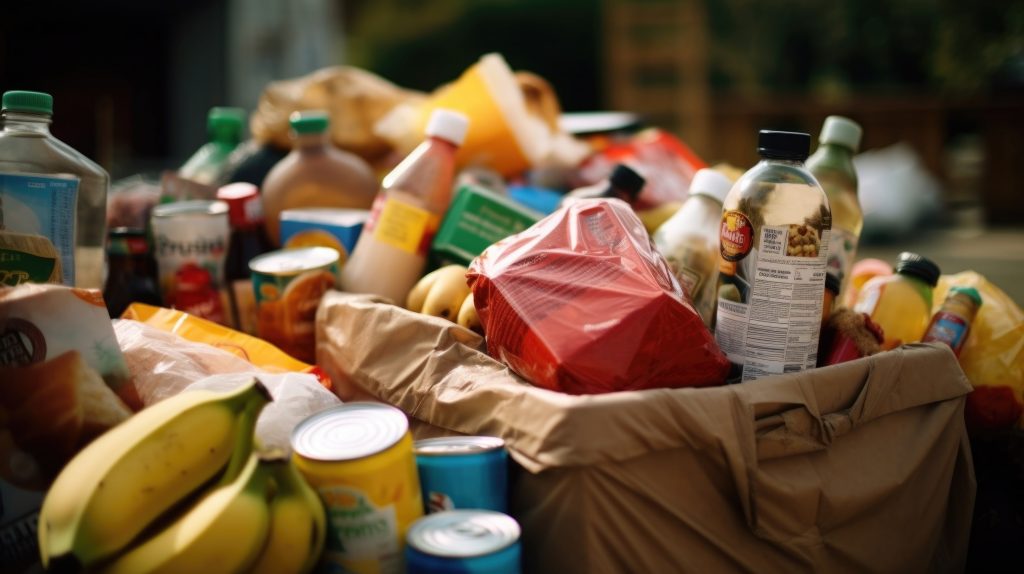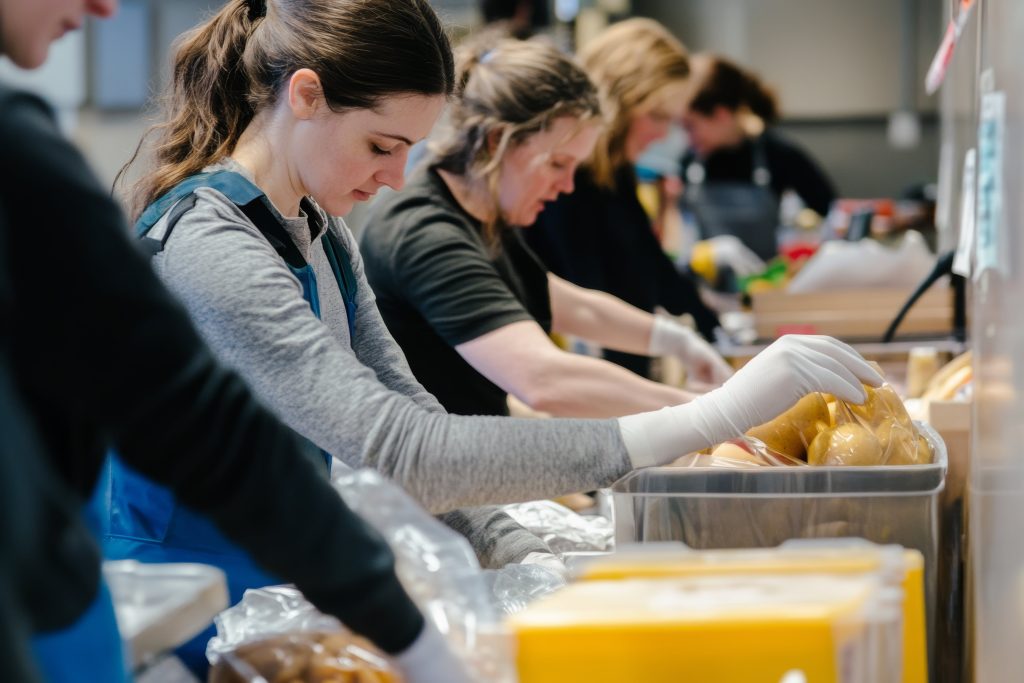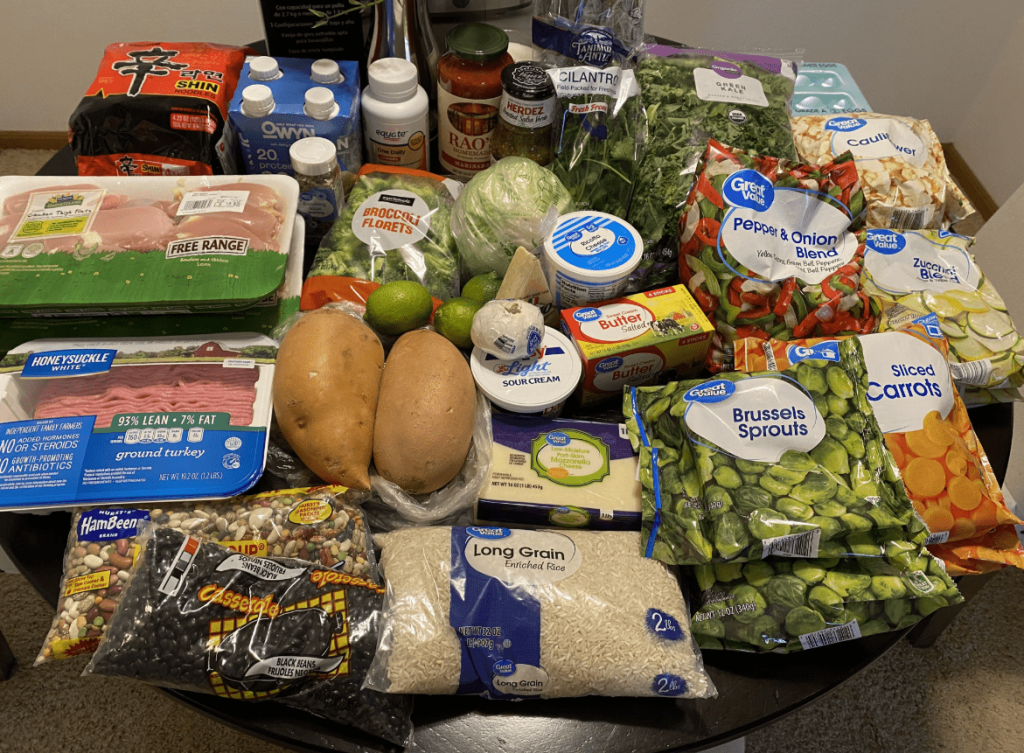What’s going on
Because of the ongoing federal budget impasse and shutdown, many low-income households face an interruption in SNAP food-benefit payments. For example, as many as 42 million people rely on SNAP each month and states are warning that if the shutdown continues, benefits may not be issued for November. The Arc+3ABC News+3CBS News+3

What this means in real terms:
- Some states already posted notices that they cannot release November SNAP benefits unless federal funding is restored. CBS News+1
- Cash flow for many vulnerable households is threatened, which means fewer grocery trips, more difficult decisions about paying bills vs. food. The Arc+1
- Food-banks and emergency food networks are preparing for increased demand — but they emphasize they cannot fully replace SNAP. The Arc
So if you’re in this situation — or know someone who is — it’s important to act now and line up additional sources of support.
Steps you should take immediately
Here are practical steps you can take to prepare and respond — particularly if you think your SNAP benefits might be delayed or cut.

- Use what you already have loaded.
If your SNAP benefits for October or earlier months have already been issued and are on your EBT card, you should keep using them — they don’t necessarily expire at the end of the month. CBS News - Prioritize shelf-stable foods and meal planning.
Since there is risk of delays or cuts, buying foods that keep longer (canned goods, dry staples, frozen vegetables, etc.) can help stretch what you have. Some states and advice-articles are encouraging this approach. New York Post+1 - Reach out to your state or local SNAP office.
Make sure your contact information is up to date, ask about contingency plans in your state, and check your eligibility renewal status promptly. Processing delays may increase during funding interruptions. - Line up nearby food-pantries and food-bank networks.
While not a perfect substitute for SNAP, these resources can provide relief. It’s wise to identify where they are in your community before you’re in crisis. - Explore other assistance programs.
- Budget tightly and plan for potential gap.
Think ahead if benefits are delayed: which bill can wait, what food items can you substitute, what free meals or programs exist locally. - Advocate and ask questions.
Stay informed about whether your state is releasing contingency funds or issuing partial benefits, and if not, ask why. Some states are posting public notices. ABC News+1
Key national resources to know about
Here are major national and multi-state resources worth bookmarking or contacting:
- Feeding America — A national network of food banks. They have a “Find Your Local Food Bank” tool on their website.
- Food Research & Action Center (FRAC) — Offers up-to-date info on hunger safety net programs, policy alerts.
- Your state’s SNAP agency website — Often includes emergency notices, contact lines, application/renewal info. For example some state DHS sites are posting warnings about benefit disruptions. CBS News
- Local non-profit hunger relief organizations — Many are stepping up now given the increased risk of benefit cuts.
- Local faith-based organizations, community centers — Many open “emergency food” lines during times of increased need.

Tips by category: Food access, other supports, community options
Food access & emergency relief
- Ask local food banks if they operate mobile pantries (sometimes go to neighborhoods) or client choice models (you pick what you need).
- Some food banks are partnering with grocery chains to provide vouchers or grocery-bags. For example a large grocery chain in Texas donated millions to food-bank networks as SNAP risk grew. MySA
- Use online directories: “food bank”, “food pantry”, “emergency food assistance” + your city or county.
- If you have refrigeration or freezer, buy larger quantities of frozen items (e.g., frozen vegetables, meats) when you can to stretch resources.
- Community meal programs: some churches or civic groups offer free noon meals or “soup kitchens”. Make a list of those in your town.
Other supports (beyond food)
- Rental assistance programs: If you’re worried about food you may also be worried about housing. Contact local housing authorities or non-profits that help with rent/utility bills.
- Utility relief programs: Many utilities offer hardship programs. If food is tight you may trade off other bills — ask about payment plans or discounts.
- Nutrition education programs: Even if benefits are cut, learning how to stretch food and cook more efficiently can help. Local extension offices or SNAP-Ed programs may offer free resources.
- State emergency/contingency funds: Some states have disaster or emergency relief funds. The blog by The Arc noted states tapping disaster relief to keep WIC or SNAP flowing during shutdown. The Arc
Community options & support networks
- Talk with neighbors, co-workers, friends: sometimes informal food-sharing networks exist.
- Local libraries or community centers often have bulletin boards with announcements of free food distributions or community fridges.
- Schools with free or reduced-cost breakfast/lunch programs: If you have school-aged children, check what the school offers.
- Social media/community groups: Local Facebook groups or Nextdoor can alert you to “pop-up food drives” or free produce giveaways.
What to watch for in your state
- Benefit-issuance delays: If your state posts a warning that benefits may not load on the typical date, treat that as an alarm. ABC News+1
- Changes to eligibility/work requirements: Some new federal rules may expand work requirements or restrict eligibility, putting more people at risk. Stateline
- State contingency funding announcements: Some states may announce using emergency funds to maintain benefits. If your state does, ask how to apply or if you need to submit documentation.
- Communication from your SNAP agency: Watch your mailbox, email or whatever your state uses for notifications, to avoid missing renewals or additional paperwork.
Giveaways For Groceries
There are some brand new gift-card giveaways that can be especially helpful right now in this time of crisis. We have found a few giveaways for gift cards, as well as cash, that we would like to share with you here.
Note: We may receive payments in exchange for posting these giveaways on our website. These are private companies which are not affiliated with the government in any way – they are simply giveaways that can come in handy. Winners are selected at random and only while supplies last.
$500 Walmart Gift Card Giveaway Out Of Stock
$1,000 PayPal Prepaid Gift Card Giveaway – In Stock Now
$500 Instacart Gift Card Giveaway Out Of Stock
PayPal gift cards can be spent in stores or online to buy groceries and other household goods.

Closing thoughts
Facing the possibility of losing SNAP benefits is stressful — absolutely. But by acting early, lining up multiple sources of help, and being proactive, you improve your position.
Remember: you’re not alone. Many households across the country are in similar boats right now. Use your community, lean into available resources, ask questions. Even if things get uncertain, you can build a buffer.